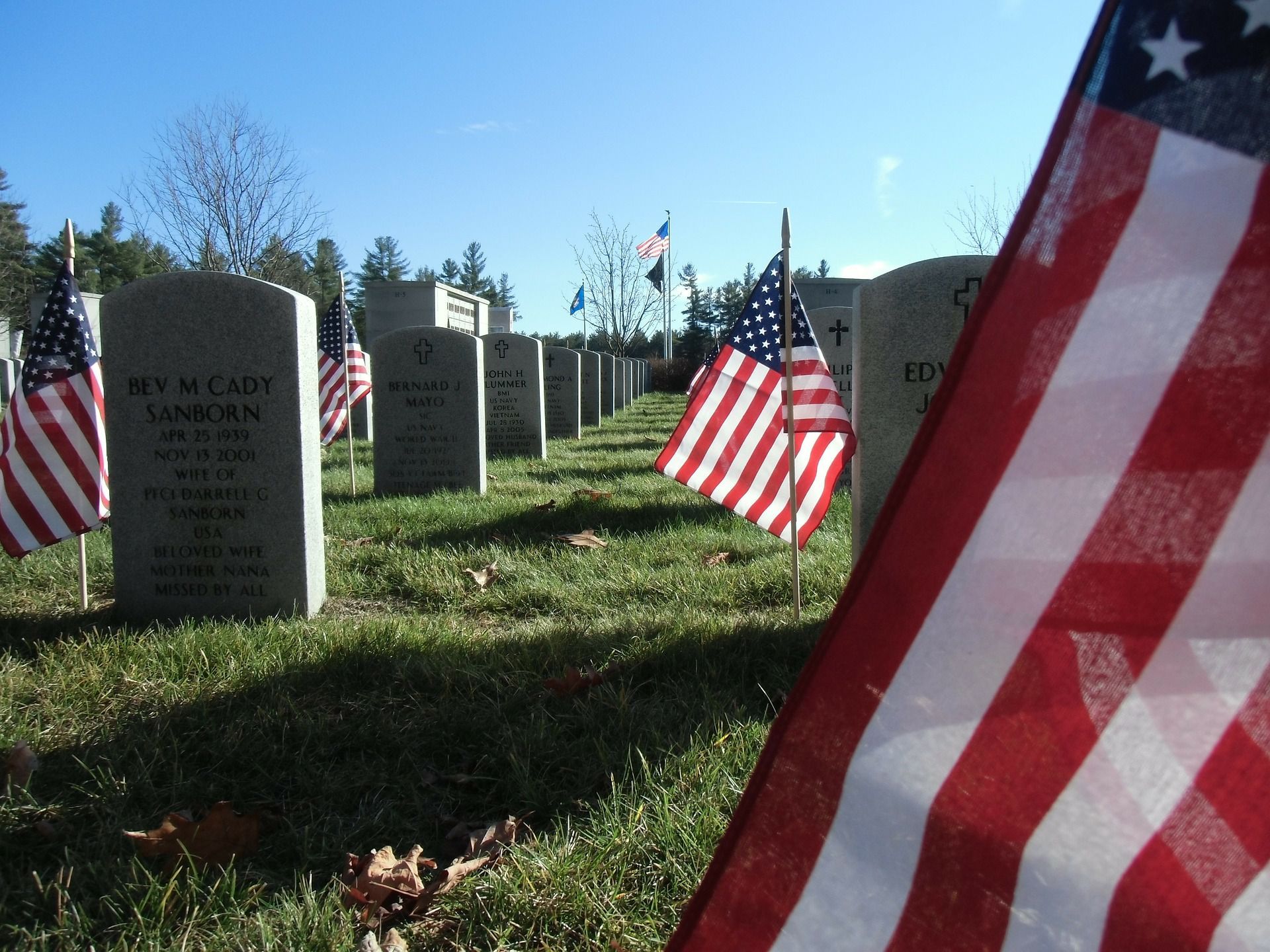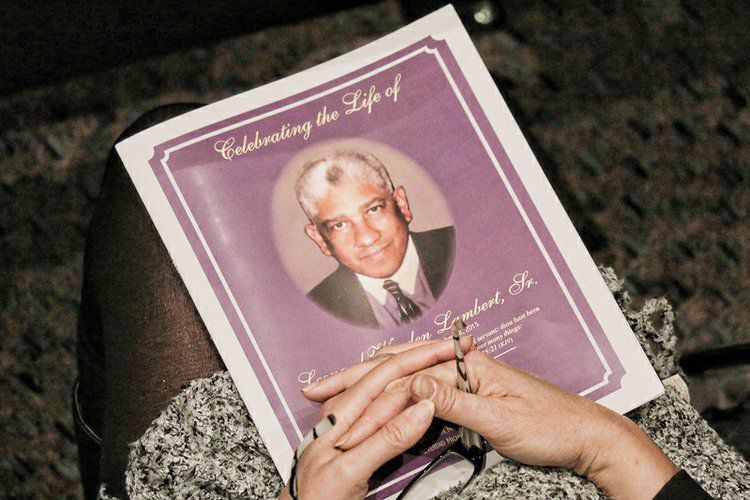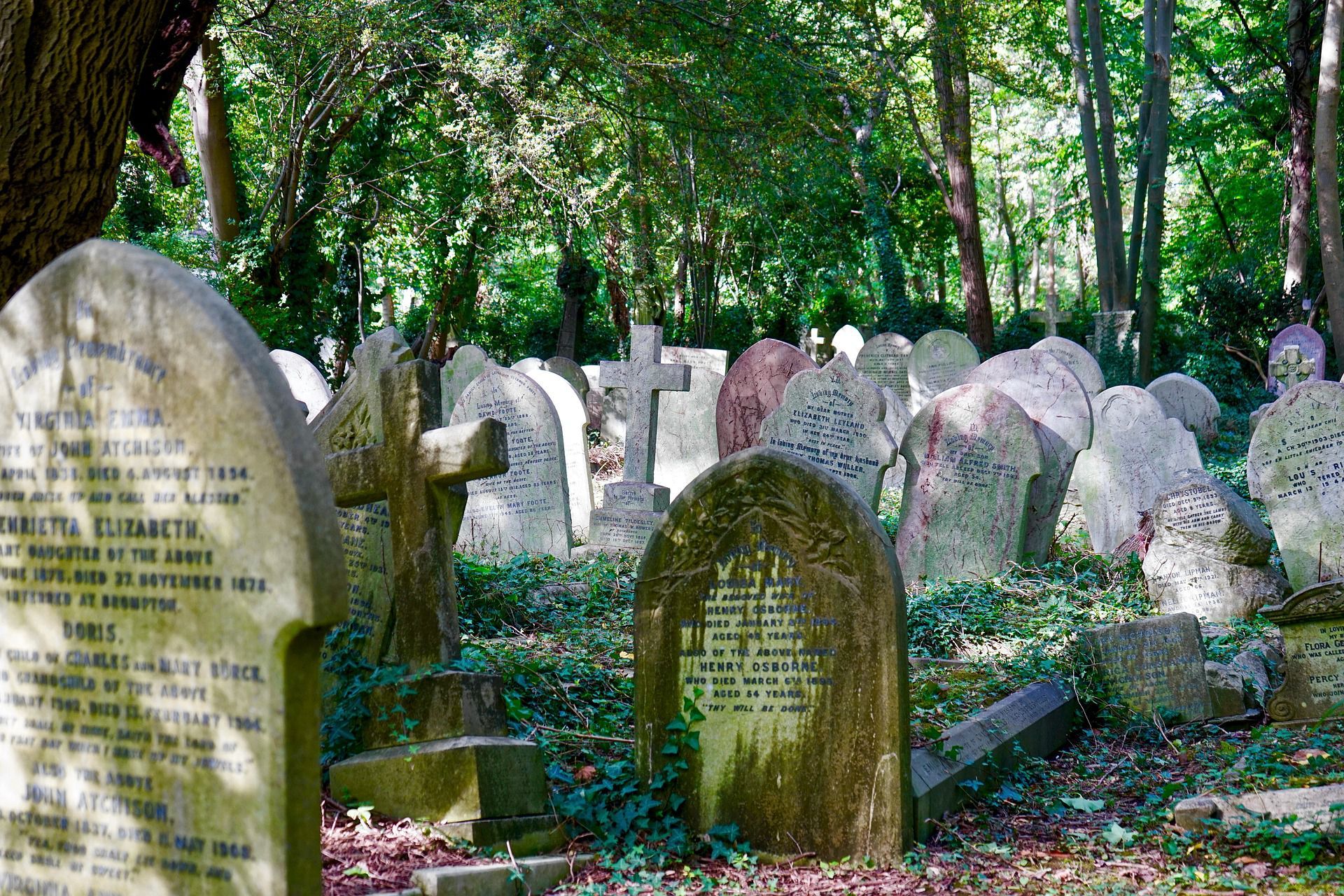How to Choose a Headstone?
If a loved one has chosen to have a traditional burial in a cemetery, it is likely that you will be responsible for choosing a headstone for their grave. Like all funeral-related matters, this is something that, if possible, should be discussed before a person passes away so that you can include their input and preferences when you make this decision. There are many options when it comes to headstones and knowing exactly what your loved one preferred will be helpful.
Regulations for Headstones
Your headstone choices might be limited by the rules and regulations set forth by the cemetery where your loved one will be buried. Many cemeteries will already have this information available on their website, but if not, here are a few questions to ask:
- What are the minimum and maximum sizes allowed?
- What type of headstones are permitted?
- Are there any limitations on color of the headstone?
- Do we need paperwork for headstone placement?
- Do you charge a fee for installing the headstone?
Headstone Types
There are three common types of headstone: upright, flat and kerbed. An upright headstone is the most common and traditional, in which a flat tablet is standing upright on a base. The flat headstones are installed directly into the ground. Kerbed headstones are very large: they line the full length of the grave.
Headstone Materials
Granite is the most common material for headstones because it is affordable, durable, and comes in a variety of colors including green, grey-blue and red. Other options for headstone material include limestones, white marble and bronze. White marble and limestones are more fragile than granite and sometimes not permitted in church graveyards. Bronze, while more expensive than stone materials, doesn’t require much upkeep and gets darker with the passage of time.
Headstone Finishes
In addition to choosing the material and shape for a headstone, you will need to choose the polish. There are a variety of different finishes for each type of material. The shiniest and smoothest is a polished headstone, followed by partially-polished and honed. Partially polished headstones are shiny and smooth in certain areas and less hiny in other areas. This technique emphasizes certain text and images on the stone. The hone technique makes the surface smooth but unreflective, a method often used in multi-colored headstones.
While these levels of polish are most common, there is a world of other options including pitched, sawed, steeled and axed.
Choosing the Message
Perhaps the most important decision when shopping for a headstone is what will be depicted on the stone. Symbols and images can be etched into the stone with laser technology or added in full color with ceramics.
At its most basic, a headstone can simple include a person’s name and their dates of birth and death. Many people also choose to include religious scripture verses or identifying titles like “mother” or “wife.”
When it comes to the message, not only will you need to choose the content, but also the font. The headstone’s material and the length and shape of the inscription you’ve chosen will limit the type of fonts you can choose, but this will still be an important design decision.
A Big Decision
Choosing a headstone is a big decision, so take the time to find a stone mason you trust and feel good about working with. They will be able to provide plenty of guidance in designing this very important item. As always, funeral directors can be an excellent resource for this project, as well.




